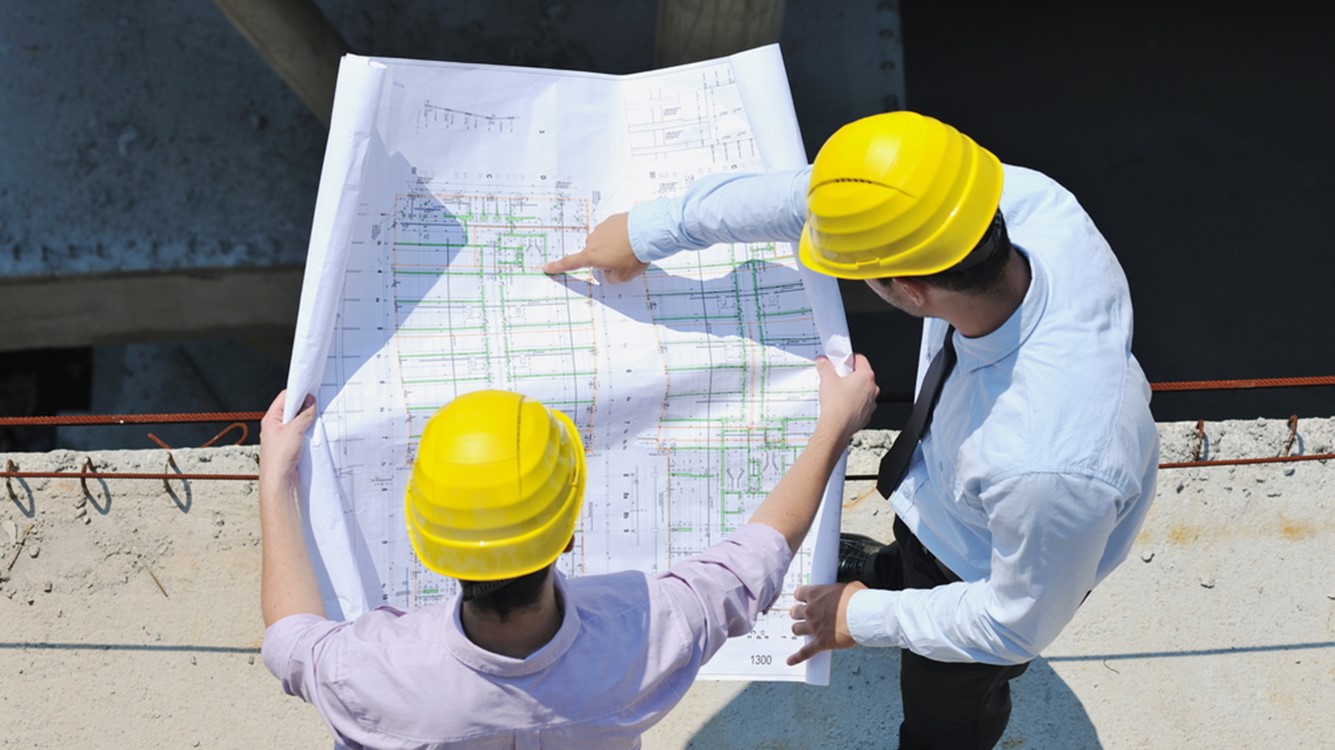Housing starts turn sharply lower
Harsh winter weather flattened housing starts.

February 16, 2024
Housing starts, another name for new home construction, plunged 14.8% in January after December data were revised significantly higher. Both single-family and multifamily starts fell in January as record-breaking cold temperatures and above-average precipitation pummeled the Midwest, Northeast and South. Significant weather events have an adverse impact on construction; all regions saw starts falter during the month.
Single-family starts dropped 4.7% but remained above one million units for the third consecutive month. Starts are now 22% higher than a year ago. Builders have pivoted back to single-family construction as significant supply shortages in the resale market have pushed more buyers into the newly built space. Mortgage rates fell to 6.6% in January, boosting demand from sidelined buyers; rates have been below 7% since early December but have begun to climb higher in mid-February. Builders have been offering mortgage rate buydowns and other incentives to lure buyers.
Multifamily starts for buildings with five units or more sank 35.8% in January to the lowest level since May 2020, when most states were in lockdowns. Nearly half a million units were completed in 2023, and another 650,000 are expected to come on line in 2024. Additionally, nearly a million units remain under construction. Regions that have seen a significant supply boost in apartments have also experienced rent declines, providing reprieves for renters. Unfortunately, there is still an undersupply of all types of housing on a national level. Rents are expected to pick up later in the year as the pace of multifamily construction cools.
Building permits, which indicate future construction activity, slipped 1.5%. A 9% drop in multifamily permits caused the decline in January. Multifamily permits are now 26.6% lower than a year ago, underlining builders’ intentions to pivot back into the single-family space. Single-family permits were up 1.6% in January and 35.7% higher than a year ago; permits are now above one million units for the first time since May 2022, when mortgage rates were around 5%.
Builders have become less pessimistic in recent months; the home builder sentiment index by the National Association of Home Builders ticked up in February to the highest reading since August of last year. Conditions for present sales and sales over the next six months are now in expansionary territory. Builders have seen success in using incentives for buyers, while a lack of supply in the resale market provides a tailwind.
If mortgage rates remain around their recent levels, or fall lower, more buyers will come off of the sidelines.
Yelena Maleyev, KPMG Senior Economist
Bottom Line:
Bomb cyclones, arctic blasts and heavy rains across much of the country stalled construction activity in January. As we enter the prime spring home buying season, builders will remain busy due to the lack of supply in the existing home market. If mortgage rates remain around their recent levels, or fall lower, more buyers will come off of the sidelines. Demographics work in favor of strong housing demand for this year.
Explore more

Housing starts dipped in December
A shortage of homes has pushed builders to focus on single-family projects.

KPMG Economics
A source for unbiased economic intelligence to help improve strategic decision-making.

Multifamily and single-family housing boosted construction spending for the year
Construction activity remains robust as strong demand for housing and infrastructure remain a tailwind for builders.
Meet our team

Subscribe to insights from KPMG Economics
KPMG Economics distributes a wide selection of insight and analysis to help businesses make informed decisions.
